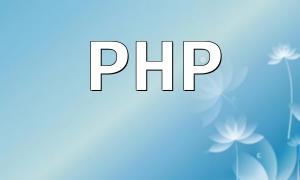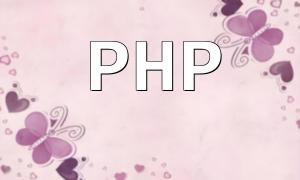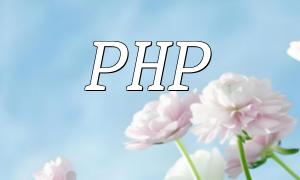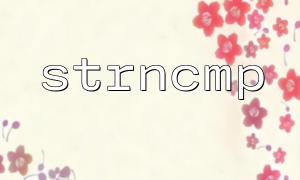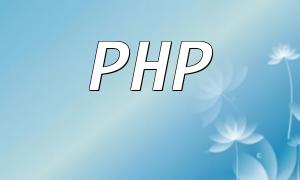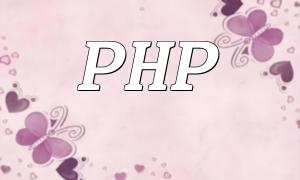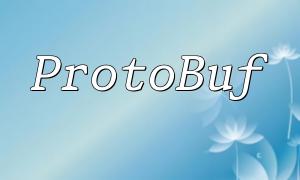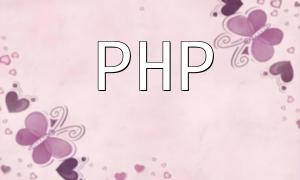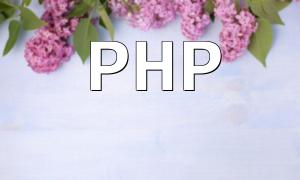The PHP GD library is a widely used tool for image manipulation that allows developers to generate dynamic images on the server side. However, when using GD to generate images, some browsers (such as WeChat Browser) may encounter encoding issues, such as garbled text. This article will analyze the problem and provide effective solutions to fix it.
When using the GD library to generate images, it's essential to specify the correct image format. If not done properly, the image may fail to display correctly in WeChat Browser and appear garbled. To ensure that the generated image displays correctly in WeChat Browser, it's crucial to follow the proper output configuration steps.
When using the GD library to generate images, you must explicitly specify the image type. Common image types include JPEG and PNG. Correctly setting the image type ensures that the image displays correctly in WeChat Browser.
Another common practice is to encode the image data using Base64 before outputting it. This ensures that the image data is transmitted in full without truncation, avoiding issues such as garbled text during transmission.
To improve the efficiency of image loading, you can add cache control headers to the image output. This helps to reduce the number of requests and avoid re-generating the image repeatedly, saving bandwidth and resources.
When dealing with images containing Chinese characters, it's crucial to ensure the character encoding is correct. If the encoding is not properly set, the image may display incorrectly or contain garbled characters. Setting the correct encoding will solve this issue.
By properly setting the image type, using Base64 encoding, adding cache control headers, and ensuring correct character encoding, you can effectively prevent image garbling in WeChat Browser when using the PHP GD library. These steps will ensure images display correctly and improve image loading efficiency.
